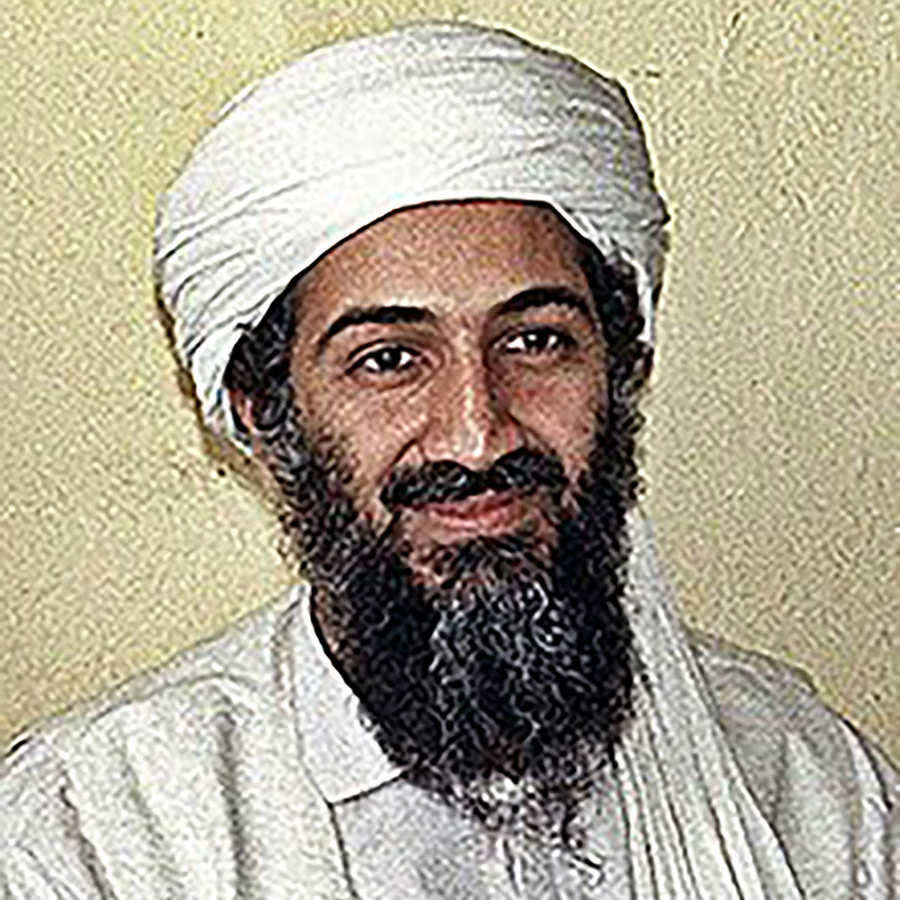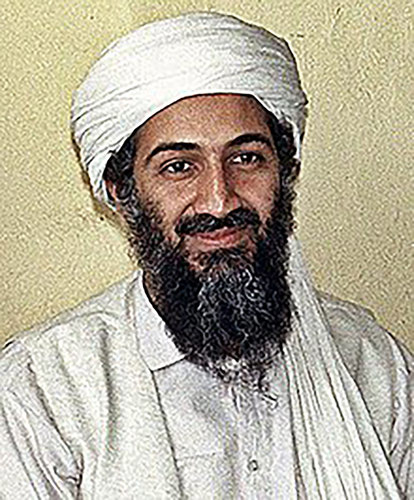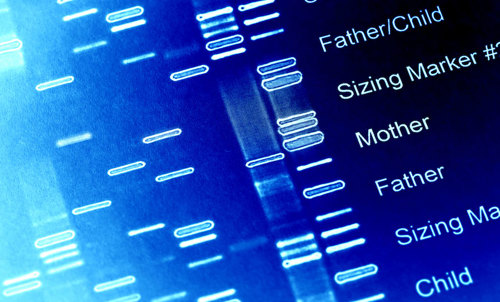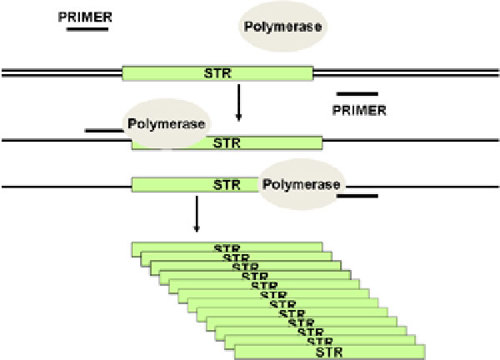
Could they really have done all those genetic tests on Osama bin Laden so quickly?
May 4, 2011

- Related Topics:
- Genetics in the news,
- Relatedness,
- Genotyping,
- Biotechnology,
- Forensics
A curious adult from California asks:
“Could they really have done all those genetic tests on Osama bin Laden so quickly?”
Yes, definitely. With the magic of a technique called PCR, they could have easily had their results in less than 24 hours.
They would need to know exactly what parts of the DNA they wanted to test. And to have tested as many relatives as possible beforehand so they would only need to do tests on DNA from the body. As long as they had all of these ducks lined up in a row, they could compare the various DNAs and get the results quickly.
Since they presumably don't have a sample of DNA they know is from Osama bin Laden, they can't know for sure that the body was his. For example, if they just were comparing the DNA they got from the dead man in Pakistan to Osama's sister, they could conclude that he was probably one of her brothers. But with just her DNA, they couldn't conclude that it was for sure Osama.

Of course, if all of her other brothers are accounted for, then by the process of elimination the body must be Osama bin Laden (as long as there isn't an unknown brother out there). If the government had more relatives' DNA to look at than just his sister’s, then they could be even more confident that the man they killed was Osama bin Laden.
For example, if they had DNA from one or more of his children in addition to his sister, then scientists could make a very strong conclusion about his identity (assuming that an unknown brother didn't father his children). And the more relatives they can pile on, the better.
Luckily the government had more than DNA evidence. They had fancy facial recognition software and a bit of eyewitness testimony. So odds are they almost certainly killed Osama bin Laden.
What I thought I'd do for the rest of the answer is briefly go over how the DNA tests were done. And give some idea about how long they might take. As you'll see, they can actually be pretty quick.
Just a Bit of DNA
The first step is getting DNA from the body. This would have been a snap with any of the commercial kits available out there. They could get DNA from the blood in two hours or less.
Now that they had the DNA, they couldn't look at all of it. This kind of genome sequencing still takes way too much time. (It is expensive too but my guess is that wouldn't be a concern here.)
What the scientists would need to do is to look at just certain bits of the DNA. This is similar to what is done in a standard paternity test.
In these tests, scientists compare the DNA of the related people at multiple spots in the genome. The DNA they look at (called STRs) are repeated over and over, back to back, and tend to be different in unrelated people. So if a bunch of these STRs match up in the right way, then odds are that the people are related.
Remember, DNA is made up of four chemical “letters” (or nucleotides) that are usually abbreviated as A, G, T, and C. So an STR is a string of letters that is repeated. Imagine the set of DNA letters AGTC. One person might have 10 of these in a row. And another might have 11 or 9.
Of course, many people will have exactly 10 of these repeats. That is why scientists can't look at just one STR. Here in the U.S., forensic scientists have chosen 13 of them to tell people apart in criminal cases.*
Since the government only had a few relatives to compare Osama's DNA to, they almost certainly looked at many more spots. The more spots you look at and the more matches you have, the more confident you can be that two people are related.

PCR Magic
The scientists can't just look at the DNA and see these STRs. No, the DNA needs to be manipulated so that the scientists can see it. This is where PCR comes in. This step would probably take 3-4 hours to do.
PCR is a really fast way to make lots of copies of a bit of someone's DNA. Scientists use a special protein called a polymerase to copy the DNA. They tell the protein what DNA to copy by giving it starting and ending points, called primers.
Primers are small bits of DNA that match near the part of the DNA a scientist is interested in. The protein then copies everything between the two primers.
Here the government would have premade all of the primers on each side of the STRs they were interested in. They would have also worked out all of the reaction conditions so they could get the results in just a few hours. A single PCR reaction would look something like this:

If someone has a different number of repeats, then they'd have a different size of copied DNA. Imagine our example above. If I have 10 copies of AGTC and you have 11, then my copied piece of DNA will be 4 letters shorter.
Scientists then load the PCR reaction into a sequencing machine so they can determine the sizes of DNA the reactions produced. They then compare all the DNAs from the body with the DNAs from Osama’s relatives. Lots of the right matches mean they are related.
Osama's sister's DNA and the DNA from the man who died in the Pakistani compound must have shared lots of these STRs. So many in fact, that they were almost certainly brother and sister. And if they also added in a child's DNA, then they likely found both matches in the same generation and matches that were passed to the next generation, increasing their confidence that the body was Osama bin Laden.
* Editor’s note (7/7/22): We now use 20 STRs for forensic testing in the US.

Author: Dr. D. Barry Starr
Barry served as The Tech Geneticist from 2002-2018. He founded Ask-a-Geneticist, answered thousands of questions submitted by people from all around the world, and oversaw and edited all articles published during his tenure. AAG is part of the Stanford at The Tech program, which brings Stanford scientists to The Tech to answer questions for this site, as well as to run science activities with visitors at The Tech Interactive in downtown San Jose.
 Skip Navigation
Skip Navigation
